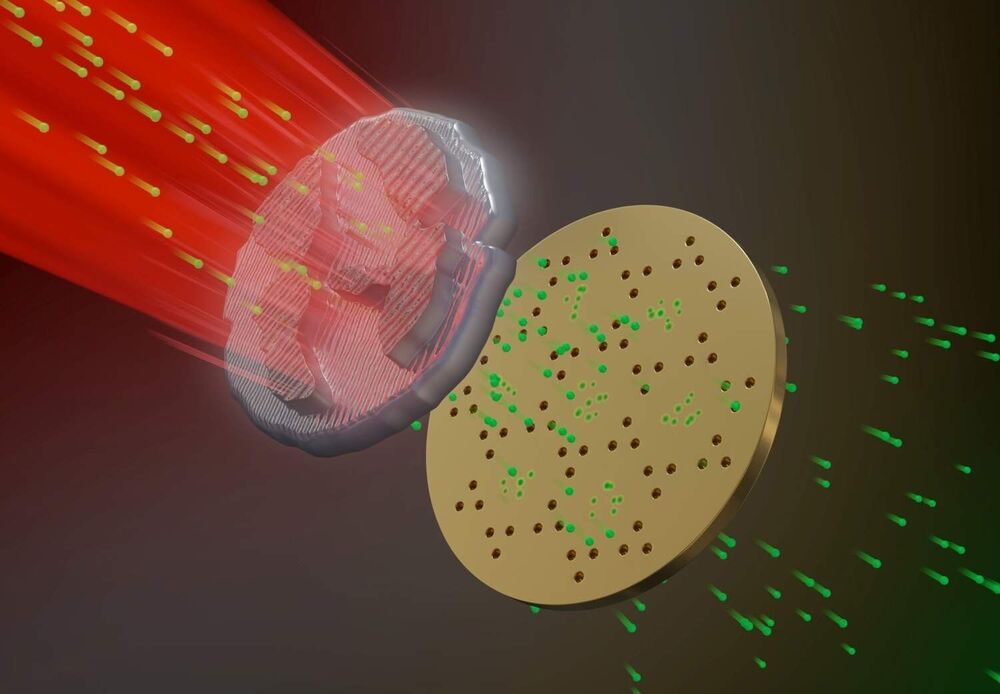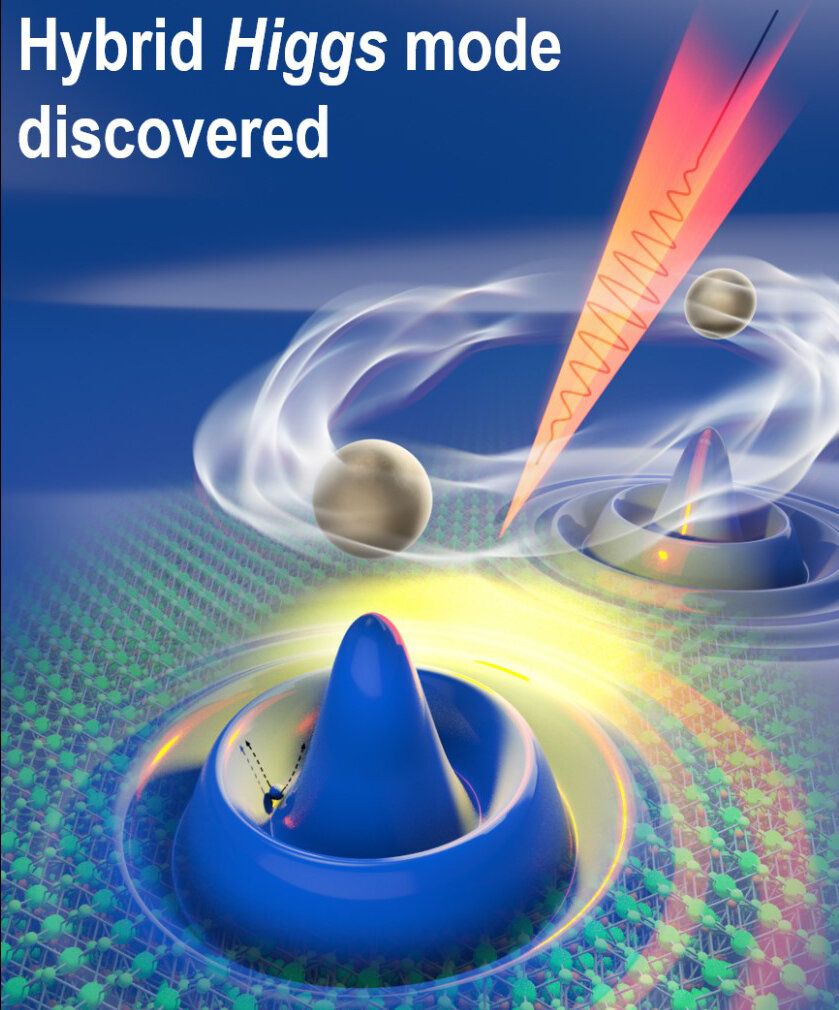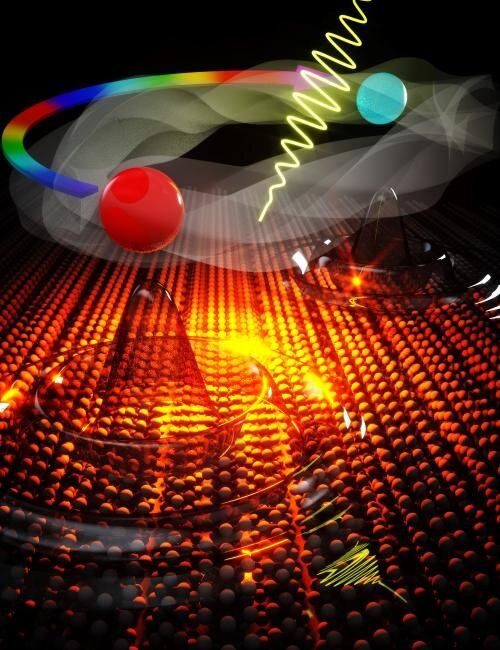Jan 26, 2021
Researchers guide a single ion through a Bose-Einstein condensate
Posted by Saúl Morales Rodriguéz in category: particle physics
Transport processes are ubiquitous in nature, but still raise many questions. The research team around Florian Meinert from the Fifth Institute of Physics at the University of Stuttgart has now developed a new method to observe a single charged particle on its path through a dense cloud of ultracold atoms. The results were published in Physical Review Letters and are further reported in a Viewpoint column in the journal Physics.
Meinert’s team used a Bose-Einstein condensate (BEC) for their experiments. This exotic state of matter consists of a dense cloud of ultracold atoms. By means of sophisticated laser excitation, the researchers created a single Rydberg atom within the gas. In this giant atom, the electron is a thousand times further away from the nucleus than in the ground state and thus only very weakly bound to the core. With a specially designed sequence of electric field pulses, the researchers snatched the electron away from the atom. The formerly neutral atom turned into a positively charged ion that remained nearly at rest despite the process of detaching the electron.
In the next step, the researchers used precise electric fields to pull the ion in a controlled way through the dense cloud of atoms in the BEC. The ion picked up speed in the electric field, collided on its way with other atoms, slowed down and was accelerated again by the electric field. The interplay between acceleration and deceleration by collisions led to a constant motion of the ion through the BEC.
















